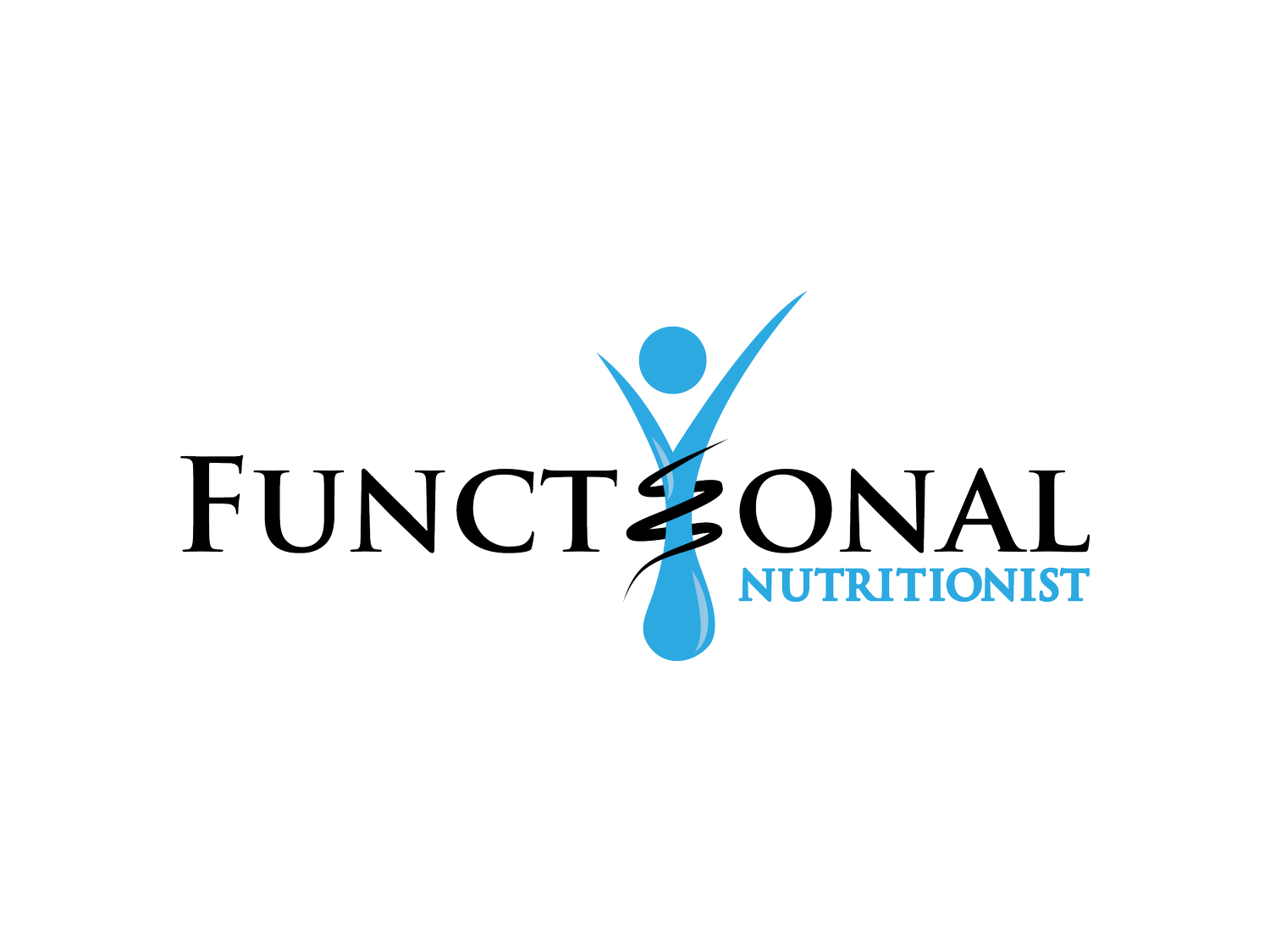Parasympathetic Nervous System (PNS) Activities Other then Meditation
Most of my clients are Sympathetic Nervous System (SNS) dominant. Stuck in ‘fight and flight’ mode. Ready to run from perceived danger.
We don’t want the SNS to be activated constantly, this is where we start getting dysfunction and imbalances.
Stress basically in all its forms activate the SNS. Over the next few posts I’ll being giving simple tips to implement into your life, how to activate the Parasympathetic Nervous System (PNS) throughout the day.
The result should be feeling more calm, focused and able to deal with stress better. And long term hormonal balance, increased energy, more clarity and a sense of vitality.
Of course there are underlying physiological reasons why your SNS could be activated like gut infections but let’s focus on what we can control for now.
1. Breathing
This seems so easy it’s almost not worth doing BUT it is the most important!
And easy to do at any time during the day. It’s a quick way to activate the PNS.
✅breath deeply and slowly in through the nose from the abdomen
✅breathe out through the mouth slowing making an oceanic sound
✅5 times, more if you have time.
✅ do this as often as you can during the day; in the car, in the shower, walking.....
2. Earthing
There have been plenty of studies done on the effect of cortisol and earthing. It’s quite simply being in direct contact with the earths natural surface; grass, sand, dirt, ocean water... which transfers the energy from the ground to your body.
I used to do this when I worked in the city at lunch time and instantly felt more calm.
Scientifically earthing has been proven to balance the nervous system and restore PSN, with data showing lower blood pressure and improved arrhythmias.
Take your shoes off and get out side!
3. Shinrin-yuko (forest bathing)
Research about the Japanese practice of forest bathing shows that time spent in nature lowers stress levels – and could even help fight cancer.
Just getting out in nature anywhere, anytime will help tap into the PNS.
4. Tapping
Tapping, also known as EFT (Emotional Freedom Techniques), is a powerful holistic healing technique that has been proven to effectively resolve a range of issues, including stress, anxiety, phobias, emotional disorders, chronic pain, addiction, weight control, and limiting beliefs, just to name a few.
Tapping therapy is based on the combined principles of ancient Chinese acupressure and modern psychology. Tapping with the fingertips on specific meridian endpoints of the body, while focusing on negative emotions or physical sensations, helps to calm the nervous system, rewire the brain to respond in healthier ways, and restore the body’s balance of energy.
You may think this sounds a bit woo woo but Harvard Medical School have research supporting the benefits.
Check out the 4 min vid on https://www.thetappingsolution.com/new-home to see how you do it.
5. Mouth Taping
I have not tried this one yet but as a mouth breather I need too! It’s basically taping your mouth shut at night to force you to breathe through your nose. Sound a little scary? Yes but read below for the benefits!
Mouth taping can be challenging, but gets easier over time. You start humidifying the nose, rebuilding the biome in the nose and getting it to do what it is supposed to do. Sometimes the tape comes off during the night repeatedly. This is an indication that you have an obstruction in your nose that needs attention.
During mouth taping dreams seem to be more frequent and more vivid. The blood flow in the brain changes. The prefrontal cortex gets a better oxygen load and deoxyhemoglobin does not decrease as much, for better oxygenation. Dr. Burhenne would like to see more depth in research on mouth breathing and mouth taping during sleep
Slow, deep, abdominal and nose breathing (nasal breathing) has been shown to activate the parasympathetic nervous system (famously known for the “rest and digest” relaxation response), which is responsible for bodily restoration and rejuvenation. New studies are linking deep breathing to numerous and profound health benefits.
Published in the International Journal of Neuroscience, we found that deep nose breathing would increase parasympathetic activity while simultaneously decreasing sympathetic activity (the “fight or flight” response) during exercise.
6, Muscle Relaxation
By actively relaxing your muscles, using either something like a relaxation meditation, progressive muscle relaxation, yoga, or any other exercise that focuses on relaxing the body, you will be automatically forcing the PNS to activate itself.
There is an interesting interchange between the parasympathetic nervous system causing you to become relaxed, and then you willfully turning it on (and therefore increasing your ability to be relaxed) via indirect methods such as muscle relaxation.
A warm bath is another great way to relax and activate you PNS.
7. Gratitude
Research shows expressing gratitude can help activate the PNS, calming the nervous system.
Think about three things in your life you feel grateful for and list the reasons in your head you appreciate them.
Your heart rate will slow down, blood pressure decreases and you’ll feel a sense of positivity.
Try implementing these simple tips into your day so they become habit. The more you can do the more better but even just including one can make a difference to your nervous system. I have had many clients come back to me after trying these free techniques reporting symptoms (various) they had have dissipated. There are of course underlying reasons why you may need supplements or further investigations done but this is a start!

